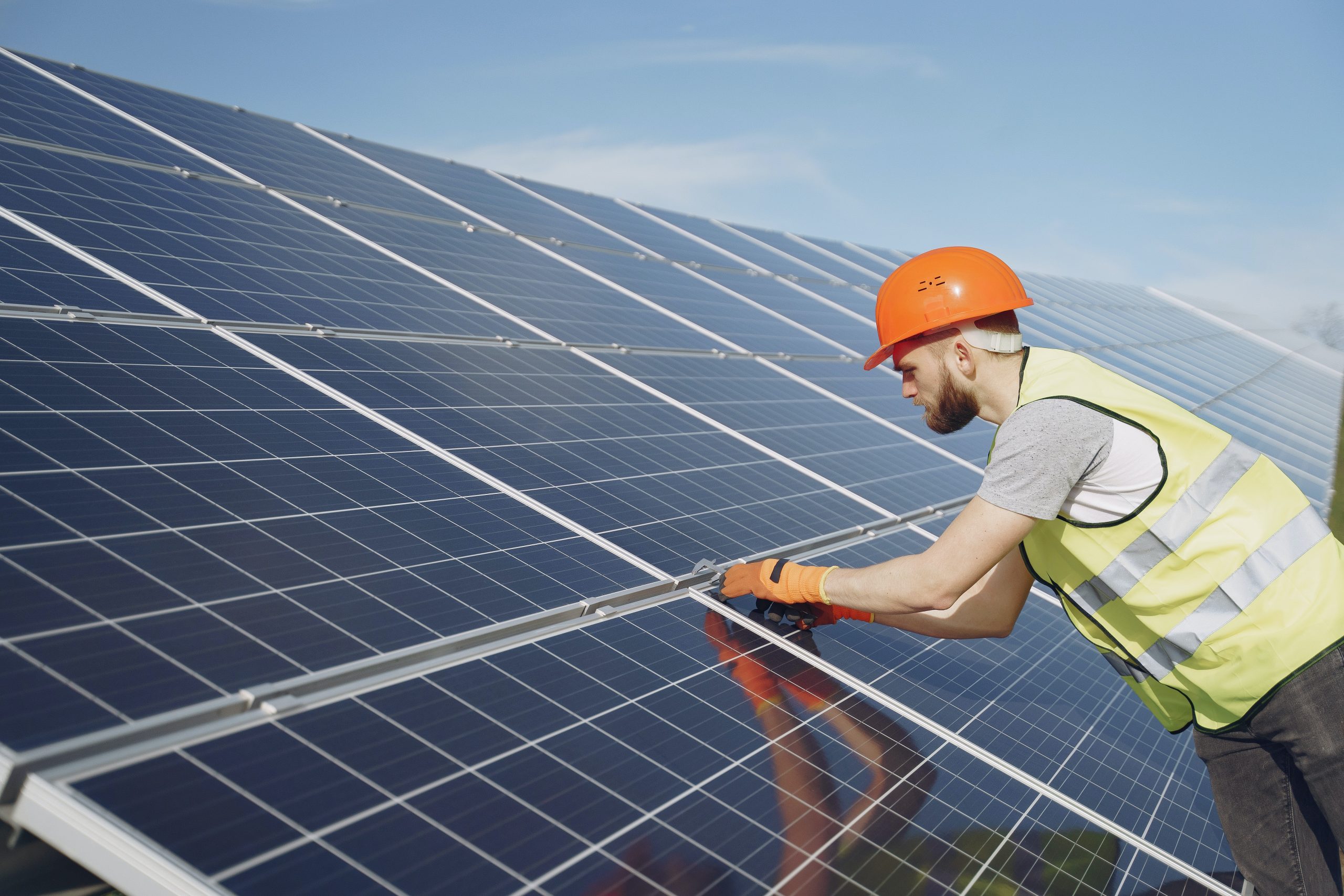Solar power systems generate electricity or heat from solar energy. In general, a distinction is made between photovoltaic (PV) systems and solar thermal systems.
In solar thermal energy, water is passed through the solar collectors, which then heats up. The recovered heat is collected in a storage tank. When needed, this storage tank can then deliver the heat to the hot water and heating system of the house
In contrast, a photovoltaic system converts sunlight into electricity. When light falls on the solar cell, an electrical voltage is generated between the positive and negative coated cells. This generates a direct current that can be fed into the household grid via an inverter.

One important difference between the two concepts is efficiency. Thermal solar systems achieve an efficiency of up to 80 percent, whereas solar cells can only convert just under 20 percent of the sun’s energy into electricity
Either way, with a solar system, a household can independently meet a large portion of its daily needs for electricity or heat with clean and emission-free generated energy The emissions balance of PV systems is only clouded by the CO2 emissions generated during manufacturing. According to the Fraunhofer Institute, it is reflected in 50g of CO2 per kilowatt hour generated. By comparison, this value is 1075 g/kWh for a lignite-fired power plant. The energy used for the production of the cells generates a PV system in about 1-1.3 years. So over its lifetime, it provides 20-25 times more energy than its generation consumed.















